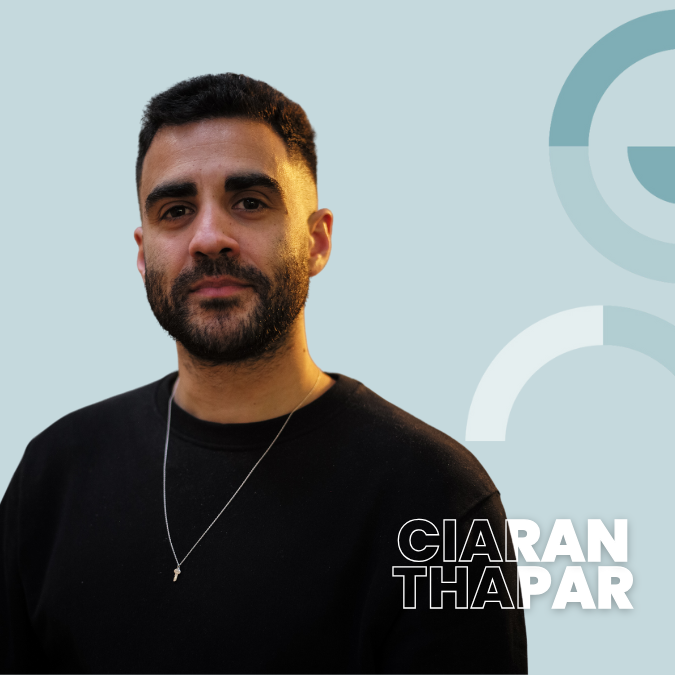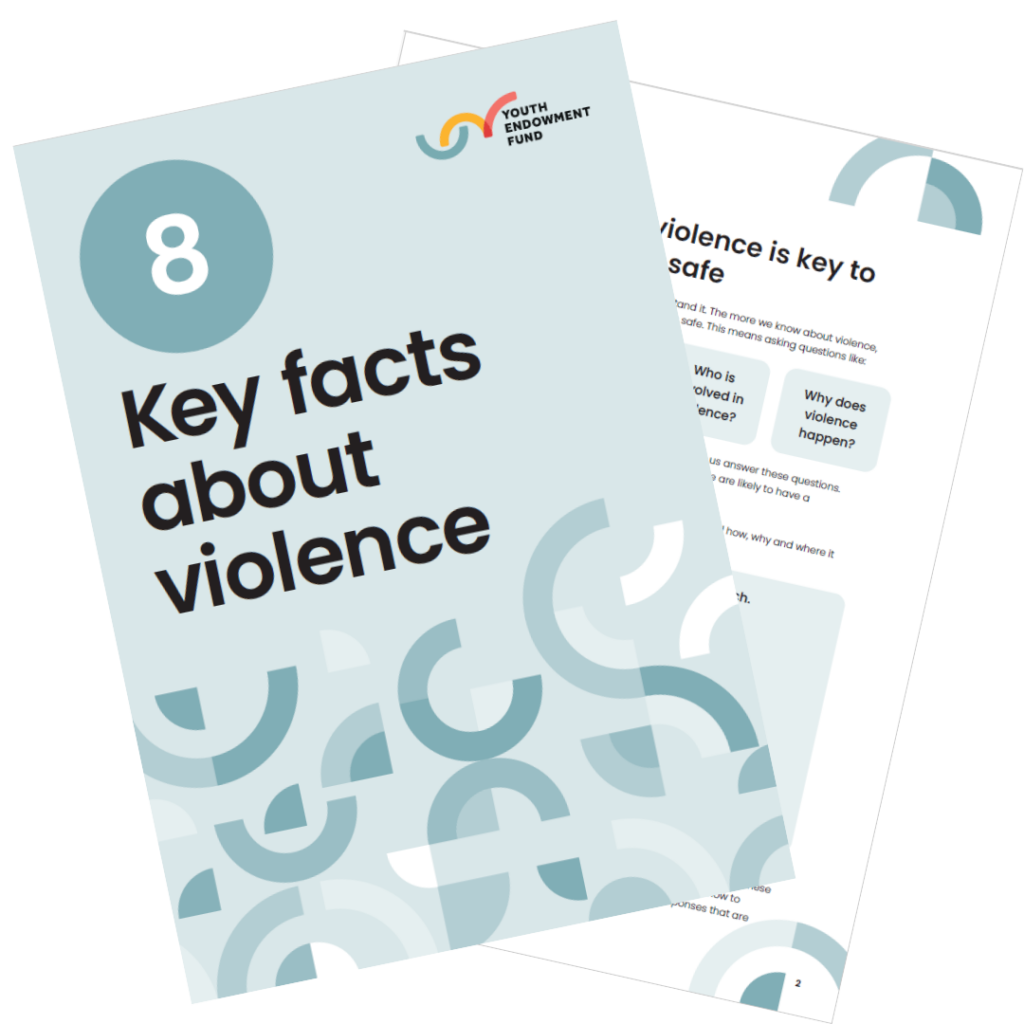
Key Facts about violence

We know that some approaches can protect people from becoming involved in violence. This includes specific interventions such as therapy or mentoring for children and changes to systems and institutions, such as diverting children from court and other formal justice processes. Research on these and other activities is summarised in the YEF Toolkit.
We also know that violence isn’t inevitable because we have already experienced large reductions in it. It used to be much higher. In the 13th century there were about 20-25 homicides per 100,000 people in the UK and Ireland. This reduced to a low of 0.3-0.5 homicides per 100,000 people in the 1930s to 1950s. Homicide increased over the latter half of the 20th century, before decreasing again.
Figure 1: Rate of homicide offences per million population, England and Wales, year ending December 1970 to year ending March 2023. Source: Homicide Index

We have made progress but there is still much work to do. Although low by historical standards, current rates of serious violence are high compared to ten years ago. For example, serious violence affecting children increased sharply in the mid-2010s causing the number of children admitted to hospital for knife assault to nearly double from 2012/13 to 2018/19. Rates have fallen somewhat since but remain high. Between 2019/20 and 2022/23, homicides fell by 30% and hospital admissions by 16% but are still higher than before the mid-2010s increase.
We can prevent violence if we take an evidence-informed approach. Learning from research can help us invest our time, effort and money in the approaches that have worked best in the past. This doesn’t guarantee success but is a good starting point for thinking about what actions to take.
Research on which activities seem to have worked and which haven’t is summarised in the YEF Toolkit. The Toolkit is a free, online resource, based on real-life data about what has happened when different approaches, from restorative justice to knife education programmes, have been used before. The Toolkit presents research in a way that’s easy to access and easy to understand. It’s there to complement your own expertise and local knowledge, rather than replace it.
Of course there are some important limitations to this evidence base. Unfortunately, there is still a limited amount of research from the UK and the design of many studies could be improved. While it can’t provide you with definitive answers, the evidence suggests ‘best bets’ – approaches that are likely to make a positive difference to the children you work with, because they have worked well in the past.
An overview of existing research on approaches to preventing serious youth violence.

“My youth work and education career began in a pocket of south London as violence surged in the mid-2010s, locally and nationally. My book, Cut Short (2021), tells a five-year story of loss and hope in the community that followed. I saw the vastness of the problem up close but also learned that solutions are possible, especially where there is sustainable investment, collective will and a targeted approach.”
“Violence amongst young people happens when a confluence of forces in their lives overwhelm them, and not enough has been done to prevent it. Trauma poisons families and friendship groups. Socially excluding someone can make them feel like their life doesn’t matter. Political and media attention often focuses on the wrong things, for the wrong reasons, and the story that emerges is too often one of despair and defeatism.”
“But there are clear ways forward, and we can follow them. Providing vulnerable children with a mentor who they can turn to in a time of need, or therapy to make sense of their experiences, or collaborative public services that wrap around them to ensure they are safe, are some examples. We increasingly know what works and what doesn’t.”
“I believe that violence is preventable when we combine the research, evidence and data with local knowledge and human wisdom on the ground. My colleagues and I at the Youth Endowment Fund are committed to achieving this mission.”

Get your copy of our latest research resource on the key facts about violence.
